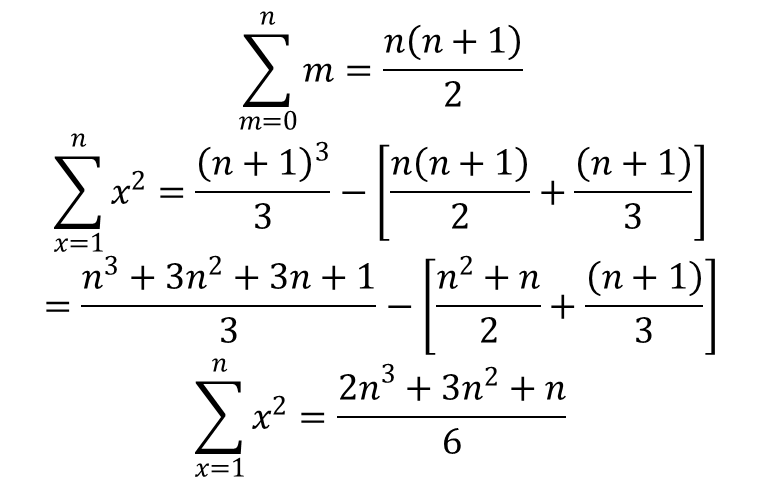The following is a supplement to Geek Challenge Results: New Year's Beeramid by the Numbers.
The partial summation of xy

This function can be solved to a polynomial of order y+1 by the method outlined here. Below is a graphical representation of xy. In this graph, y=2, but this is representative of any integer value of y>0.
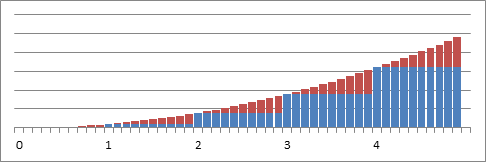
The total area under the curve is ∫ xy . Specifically, for the range shown, the total area is:
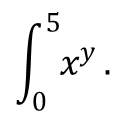
The area shown in blue is what we are trying to calculate. For this graph which goes up to 5, there are 4 blue rectangles represented, those with height 1y, 2y,3y, and 4y. Since each rectangle is 1 unit wide, the area in blue is:
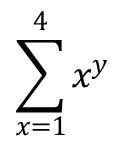
The red area is made of 5 discrete segments. Any one of those segments can be represented by the formula:
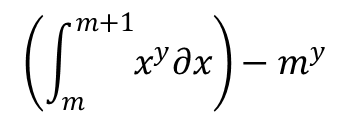
The total red area, adding all 5 red segments including the one starting at zero, is:

The blue area is equal the total area minus the red area. This relationship is represented as:

The graph was arbitrarily drawn to the sum of xy up to 4. The same formula holds for that sum up to any number n. This general form is:

This can be simplified to:

This doesn’t seem like a lot of progress, but it is in fact it is a formula representing a sum of xy in terms of a polynomial of order y+1, and another sum of order y-1. This is because the y+1 order and y order terms of the right half always subtract out when the exponents are expanded.
Since the y=1 case is trivial, here is a demonstration using the y=2 case:
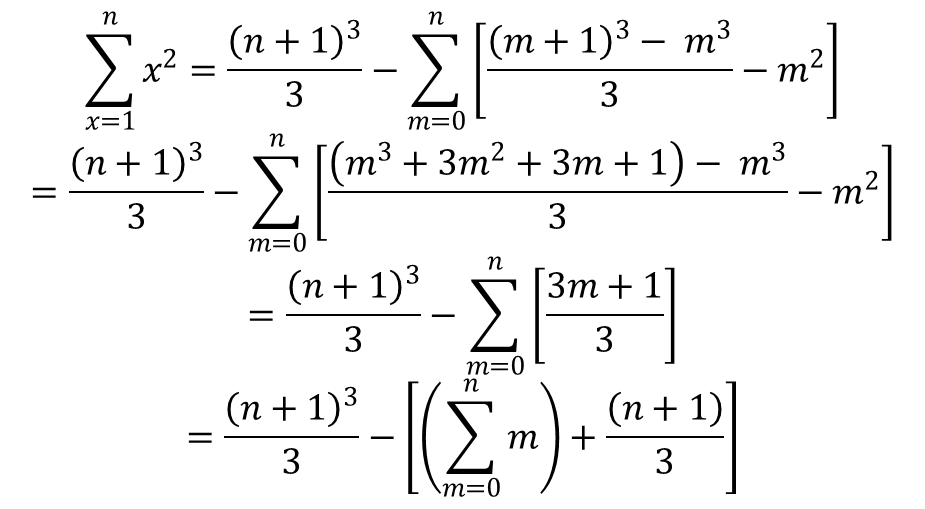
Substituting the lower order sum polynomial:
